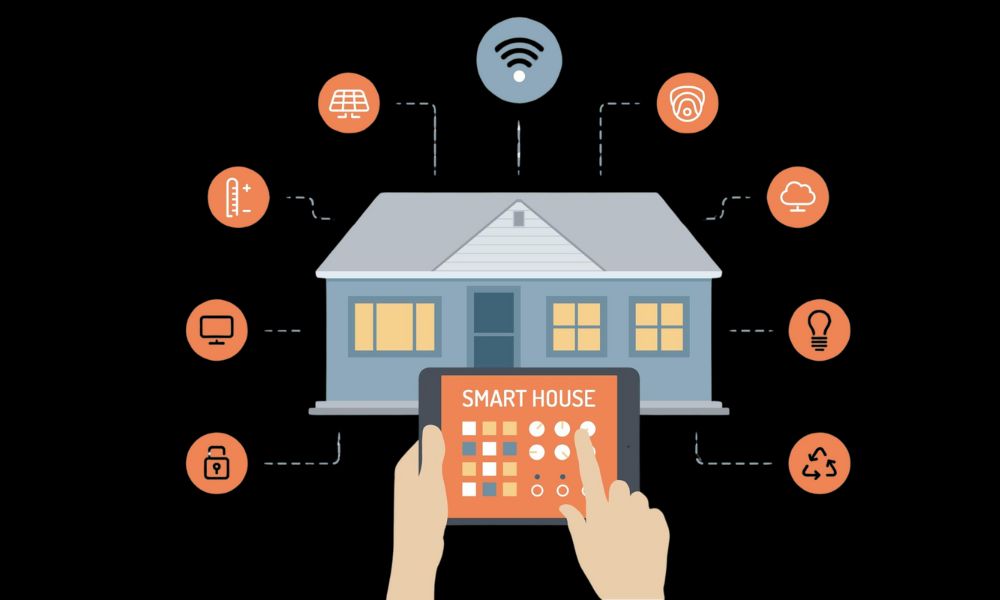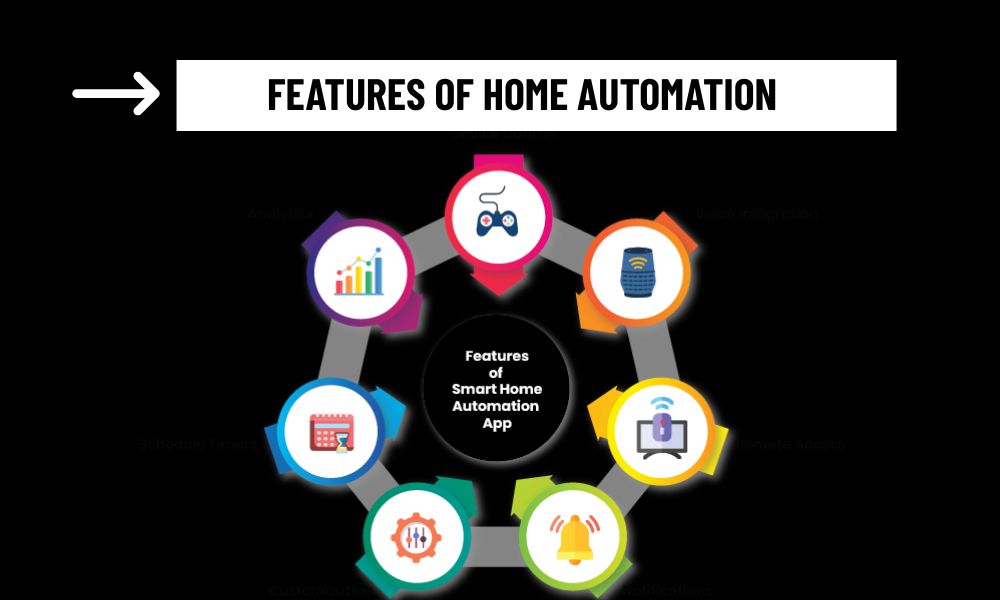Home automation is no longer just a luxury—it’s fast becoming an essential part of modern living. From enhancing convenience to improving energy efficiency and security, the benefits of smart homes are widely recognized. But what are the actual features of home automation that make this technology so powerful and transformative?
In this article, we explore the most impactful features of home automation, breaking down how they work, why they matter, and how they contribute to a more responsive, intuitive home environment.
Contents
- 1 1. Remote Access and Control
- 2 2. Automated Scheduling and Routines
- 3 3. Voice Control Integration
- 4 4. Enhanced Home Security
- 5 5. Energy Efficiency and Smart Energy Management
- 6 6. Real-Time Alerts and Notifications
- 7 7. Centralized Control and User Dashboards
- 8 8. Inter-device Communication and Scenario Automation
- 9 The Power of a Connected Home
1. Remote Access and Control
One of the most recognized features of home automation is the ability to control your devices remotely. Whether you’re at work, on vacation, or just lying in bed, you can monitor and manage your lights, thermostat, cameras, and more using a smartphone, tablet, or voice assistant.
This feature provides not only convenience but also peace of mind. Forgot to turn off the lights? Need to lock the front door? With a connected system, you’re always in control—no matter where you are.
2. Automated Scheduling and Routines
Smart homes are designed to work proactively, not just reactively. Through automated schedules and routines, you can program your home to perform certain tasks at specific times or in response to certain conditions.
For example, you can set lights to turn off when you leave the house or program your thermostat to lower the temperature while you sleep. These automation capabilities are among the most valuable features of home automation, helping to reduce energy use and simplify daily life.

3. Voice Control Integration
Thanks to integration with voice assistants like Amazon Alexa, Google Assistant, and Apple Siri, voice control has become a staple in home automation systems. You can command your smart home using simple spoken phrases—from adjusting lighting to locking doors or playing music.
This hands-free functionality enhances accessibility and usability, particularly for the elderly or those with limited mobility. It’s one of the most intuitive features of home automation that aligns technology with natural human interaction.
4. Enhanced Home Security
Security is a core reason many homeowners invest in automation. Today’s smart homes can include features like motion sensors, smart locks, door/window sensors, video doorbells, and 24/7 surveillance cameras. These devices not only detect suspicious activity but also send real-time alerts to your phone.
Some systems can even simulate occupancy by turning lights or TVs on and off while you’re away. Such features of home automation offer a robust, always-on layer of protection for your home and family.
5. Energy Efficiency and Smart Energy Management
Automated thermostats, lighting systems, and energy monitors allow homeowners to track and optimize energy use. Lights turn off in unoccupied rooms, appliances shut down during peak pricing hours, and temperature is regulated based on outdoor conditions or occupancy.
These energy-saving features of home automation contribute to lower utility bills and a reduced environmental footprint. Smart homes aren’t just more convenient—they’re more sustainable.
6. Real-Time Alerts and Notifications
Whether it’s a water leak in the basement or a package arriving at your front door, real-time notifications are a powerful feature of home automation. Your system can instantly alert you to unusual events via your phone or email, allowing you to respond quickly and appropriately.
This instant feedback loop enhances both security and operational efficiency, giving you insight into what’s happening at home at all times.
7. Centralized Control and User Dashboards
Modern automation systems offer centralized interfaces—mobile apps, web dashboards, or smart displays—where you can see and control all your connected devices in one place. This unified view helps you manage your smart home efficiently and intuitively.
Some platforms, like Home Assistant or SmartThings, allow advanced users to customize dashboards with graphs, usage history, and real-time data, making the most of every feature the system has to offer.
8. Inter-device Communication and Scenario Automation
Perhaps one of the most advanced features of home automation is the ability for devices to communicate with each other. For instance, when a motion sensor detects movement in the hallway after dark, it can trigger lights to turn on automatically. Or when you unlock the front door, the security system disarms and your favorite playlist starts playing.
These multi-device interactions create a seamless and intelligent environment, responding to your behavior rather than requiring constant input.

The Power of a Connected Home
Understanding the key features of home automation allows you to make informed choices when designing or upgrading your smart home. It’s not just about adding devices—it’s about integrating systems that make your home safer, more efficient, and more comfortable.
From voice control and energy management to real-time alerts and advanced automations, these features turn a traditional house into an intelligent, responsive living space. As the technology continues to evolve, the smartest homes will be those that not only connect—but also adapt to the people who live in them.


